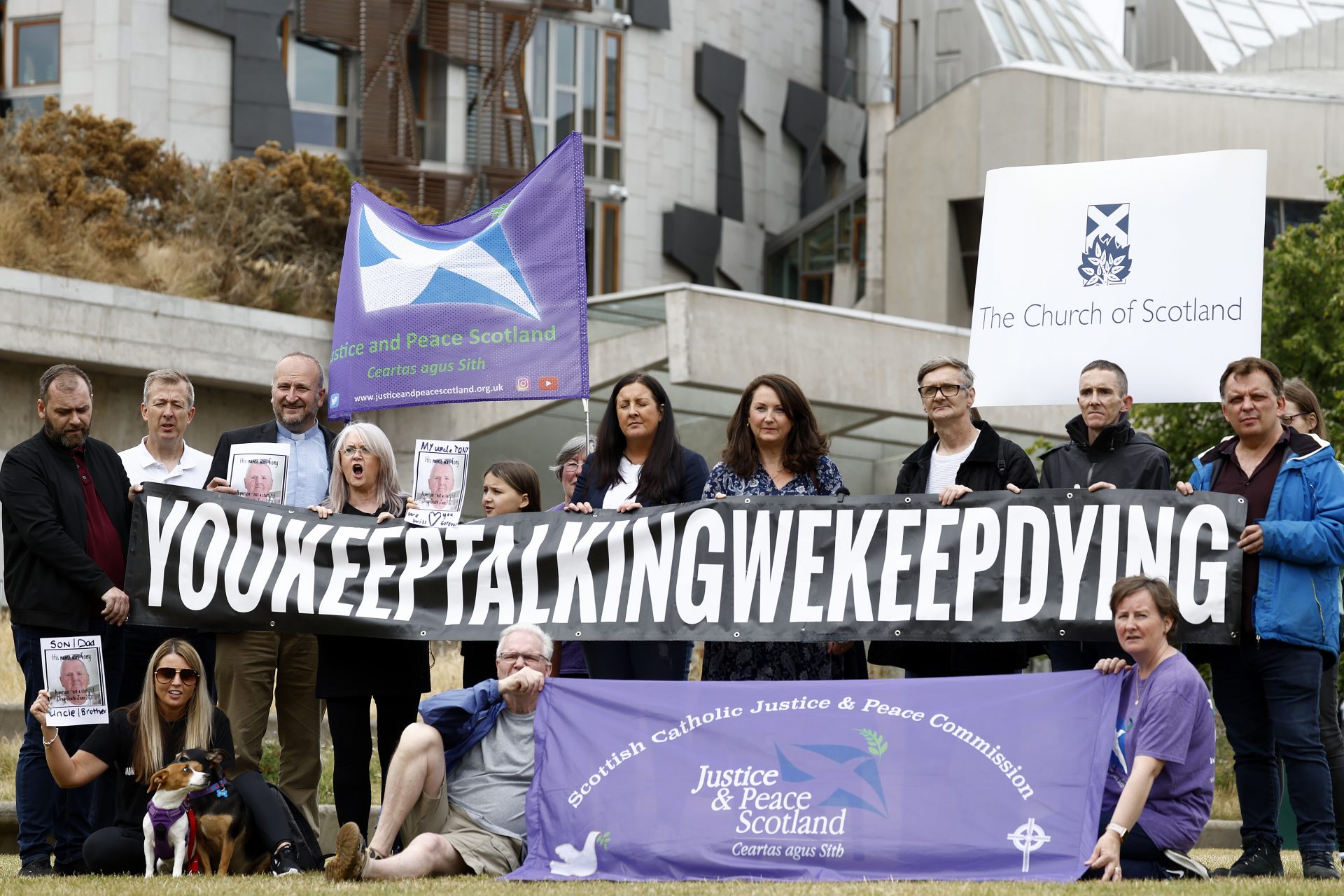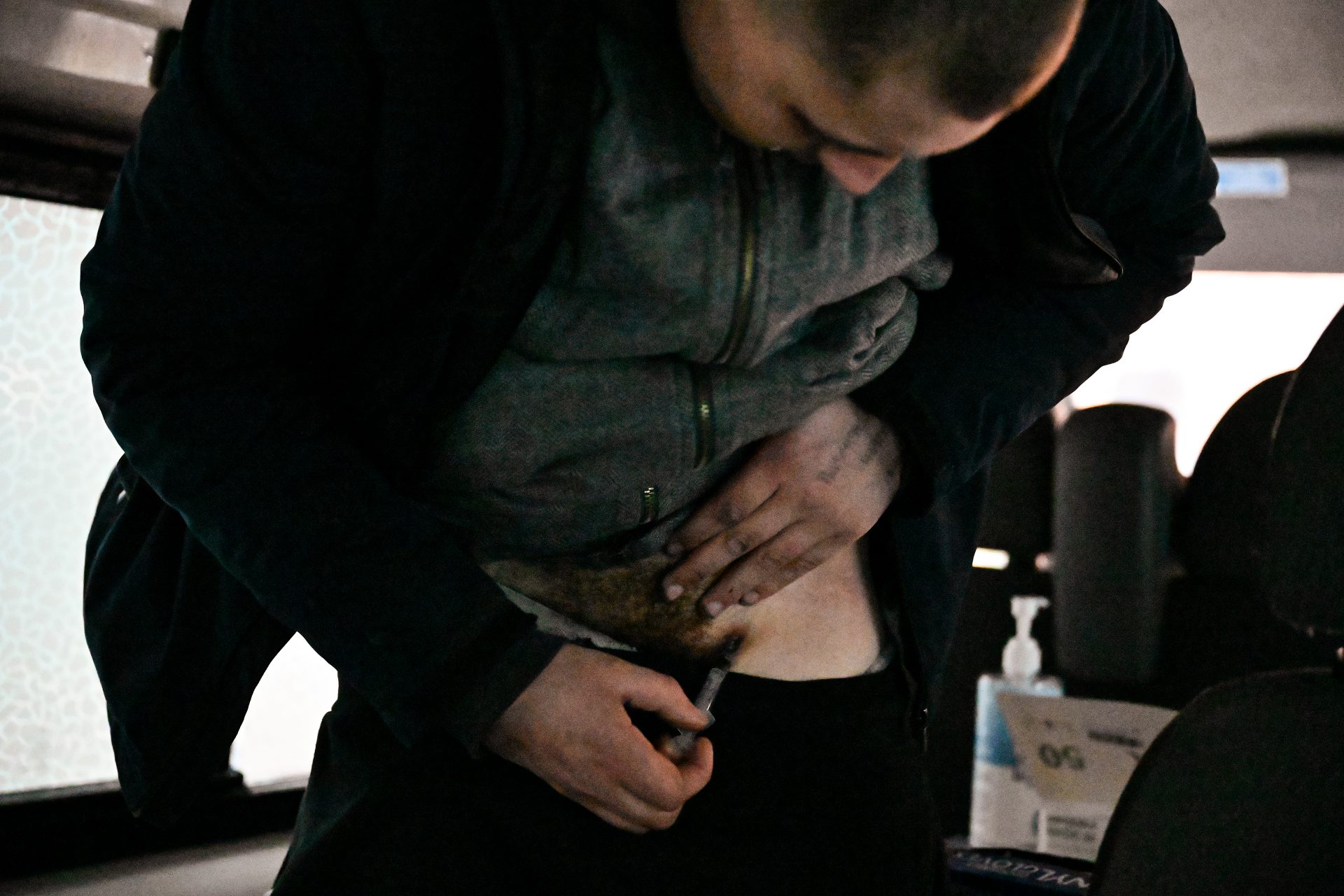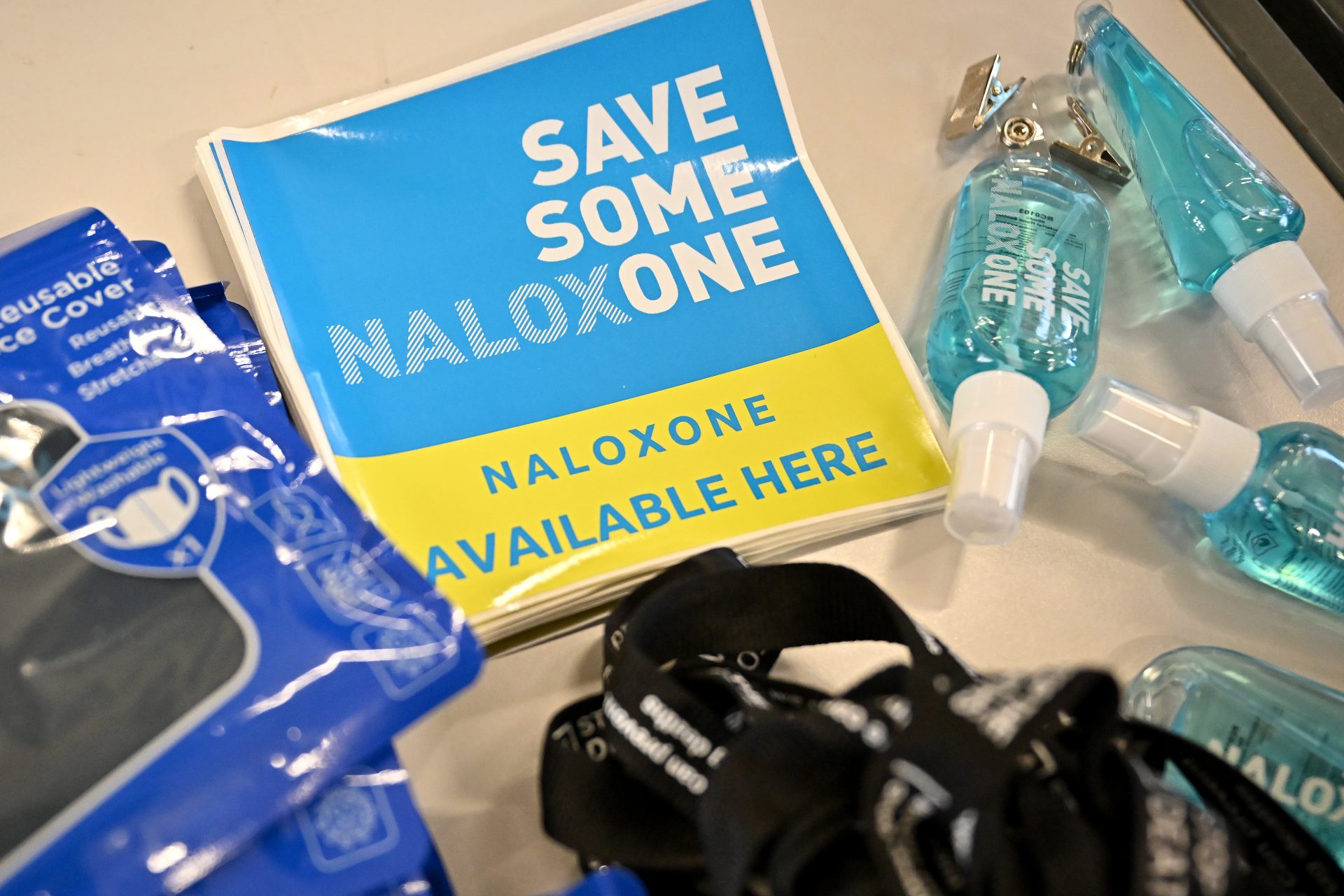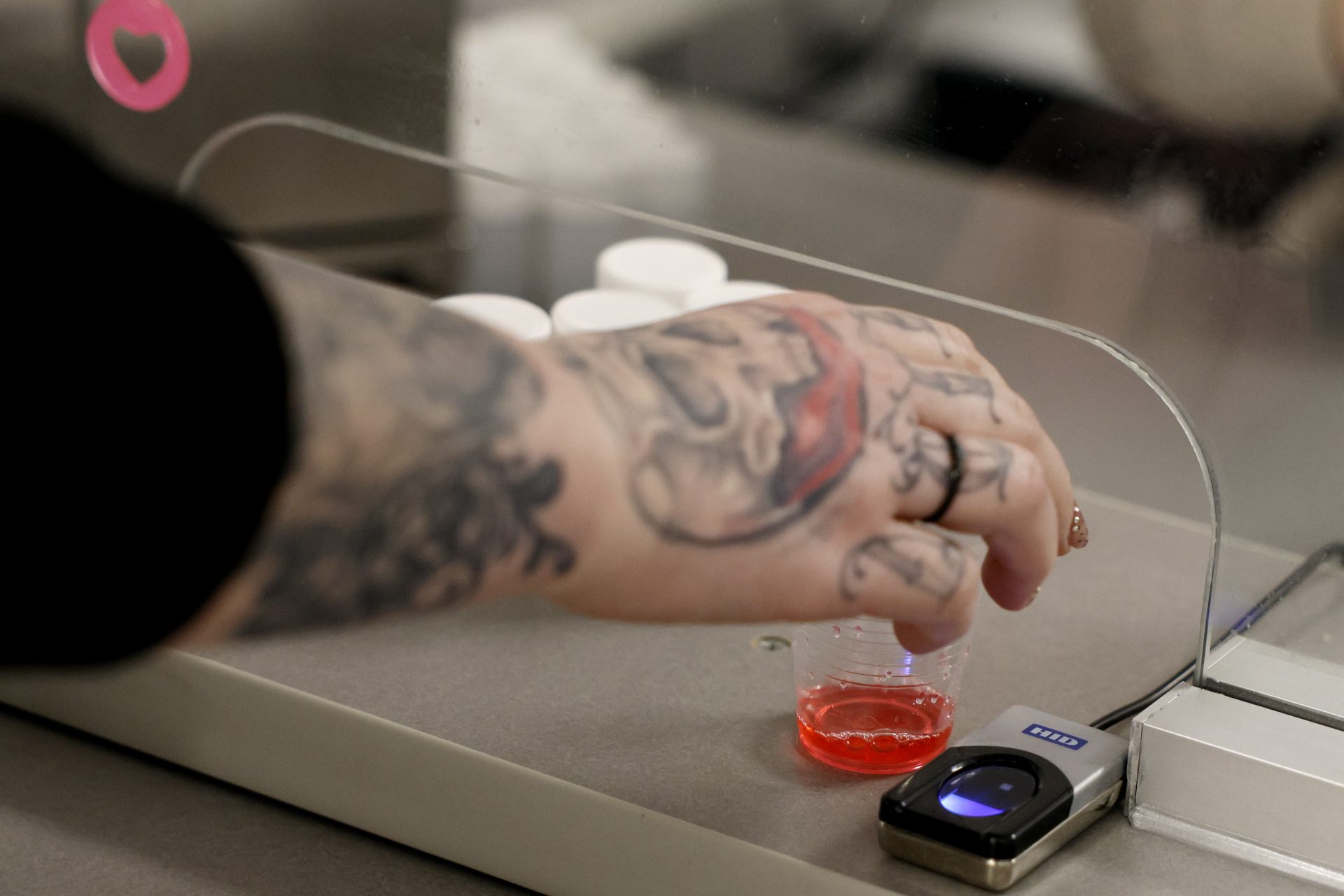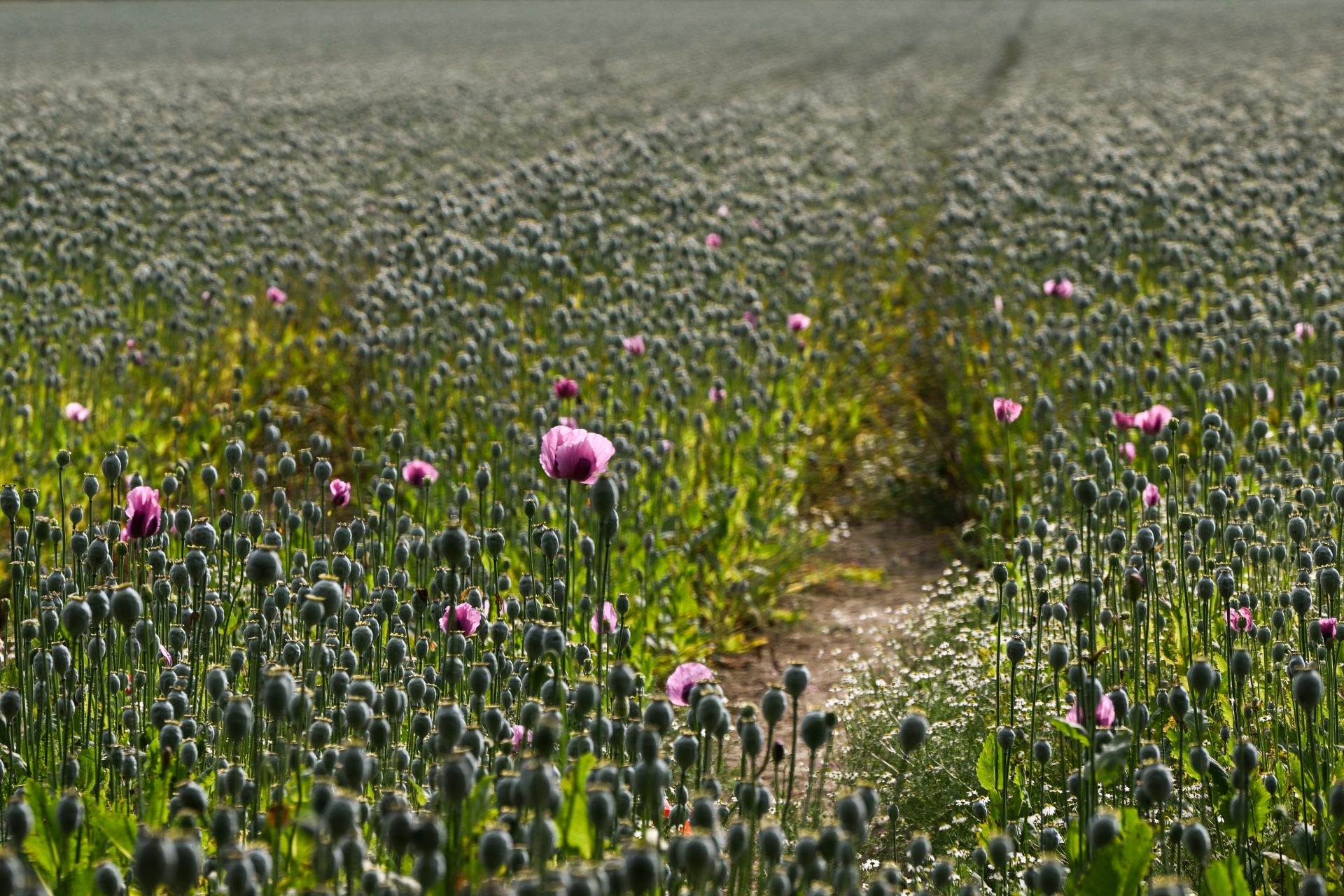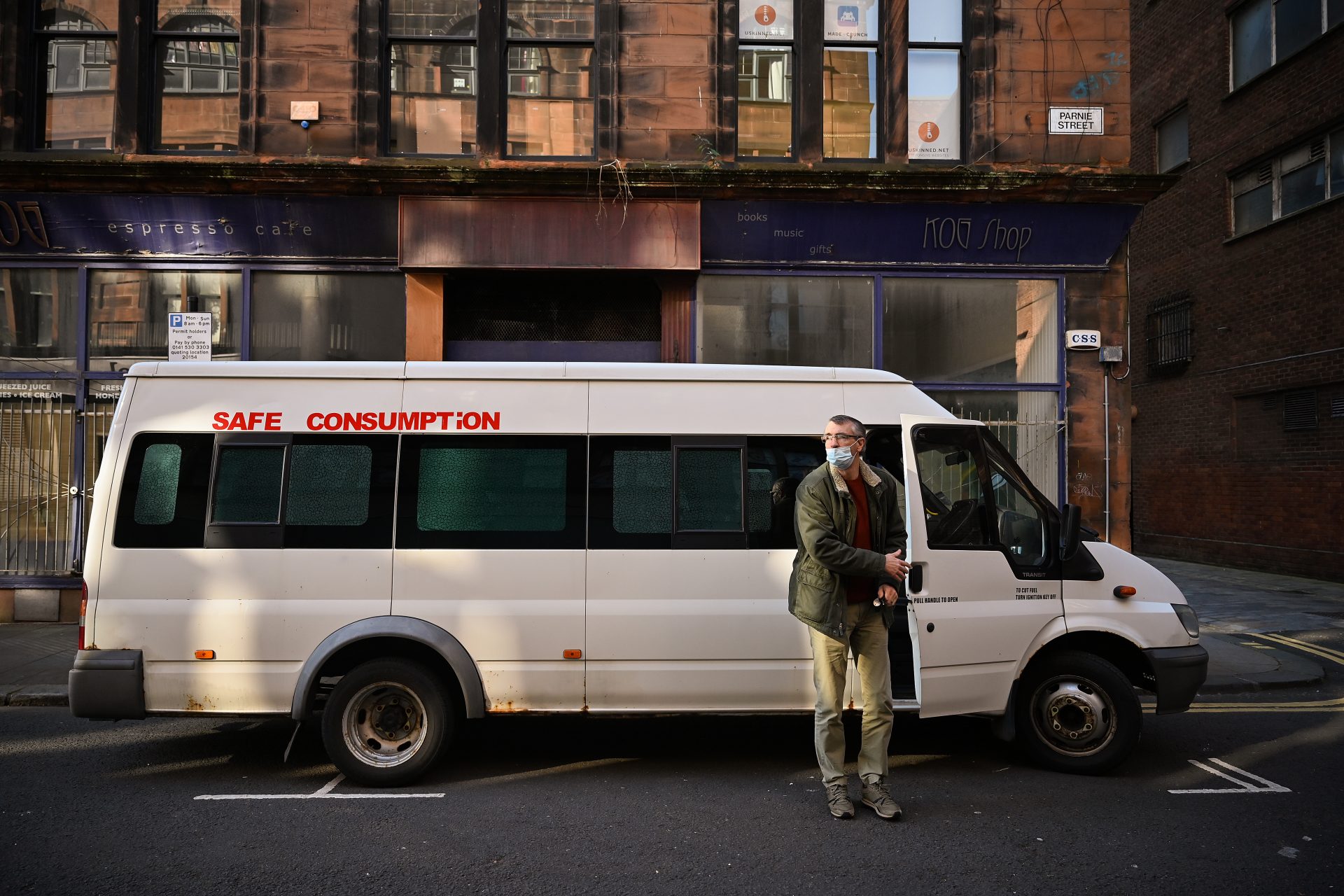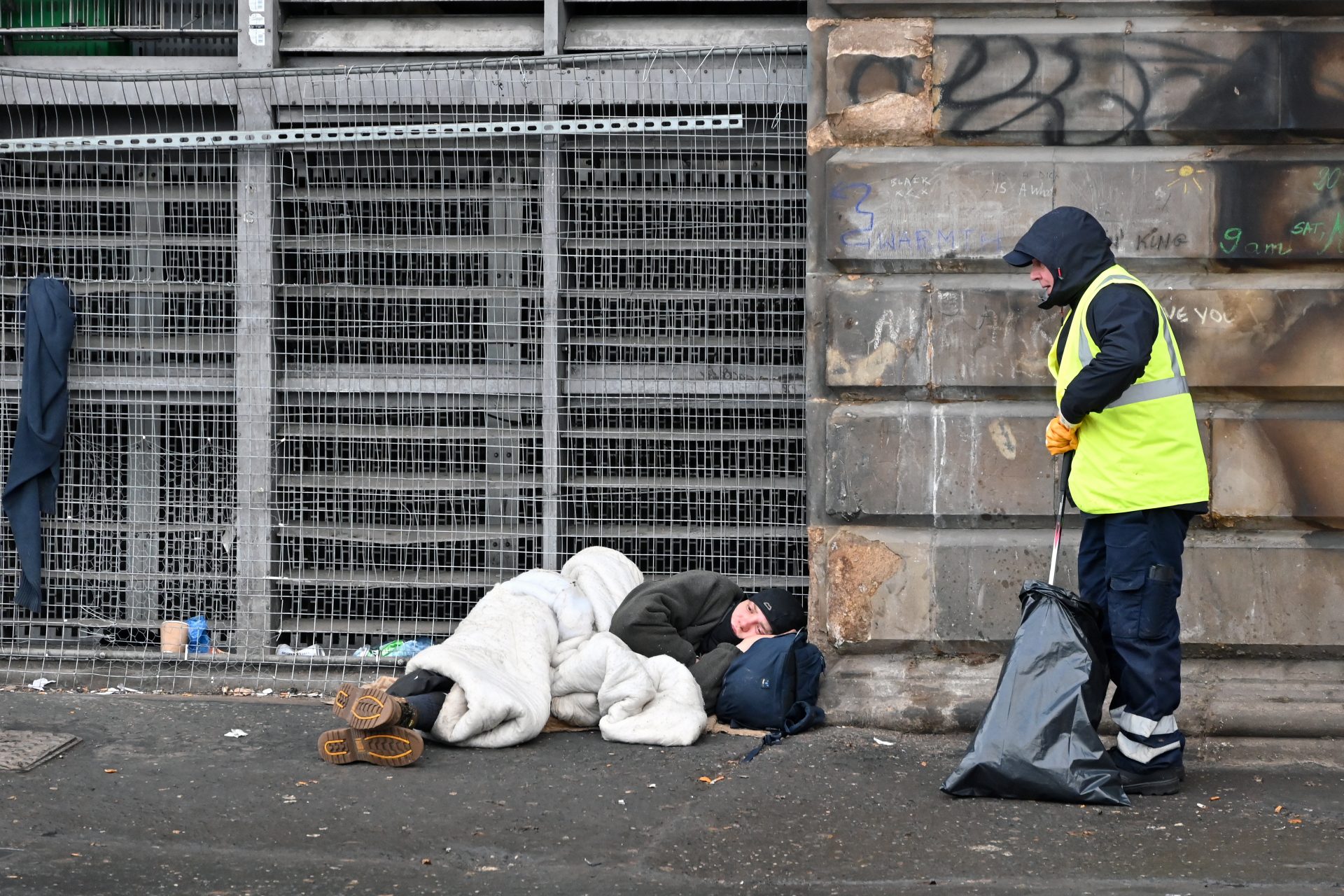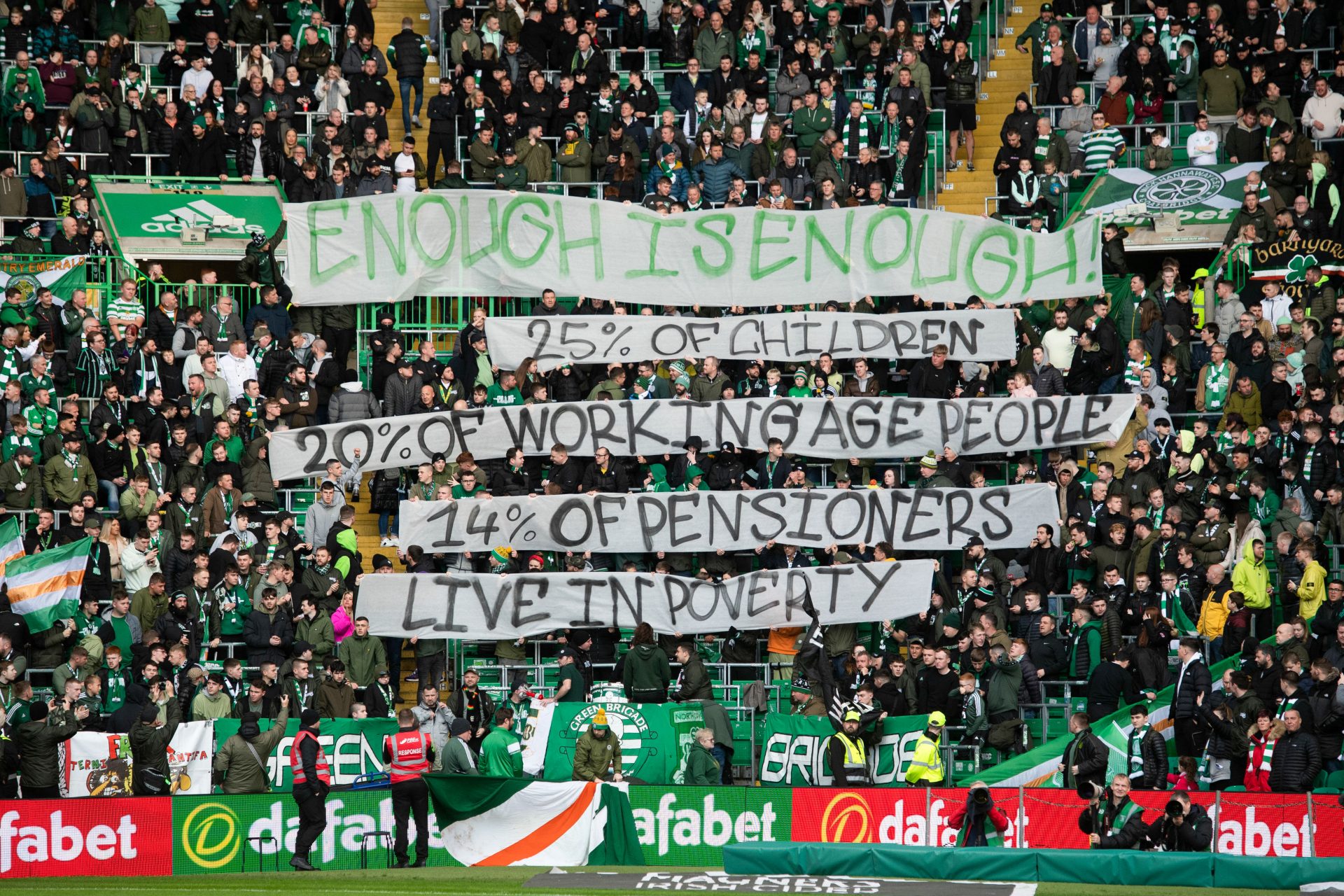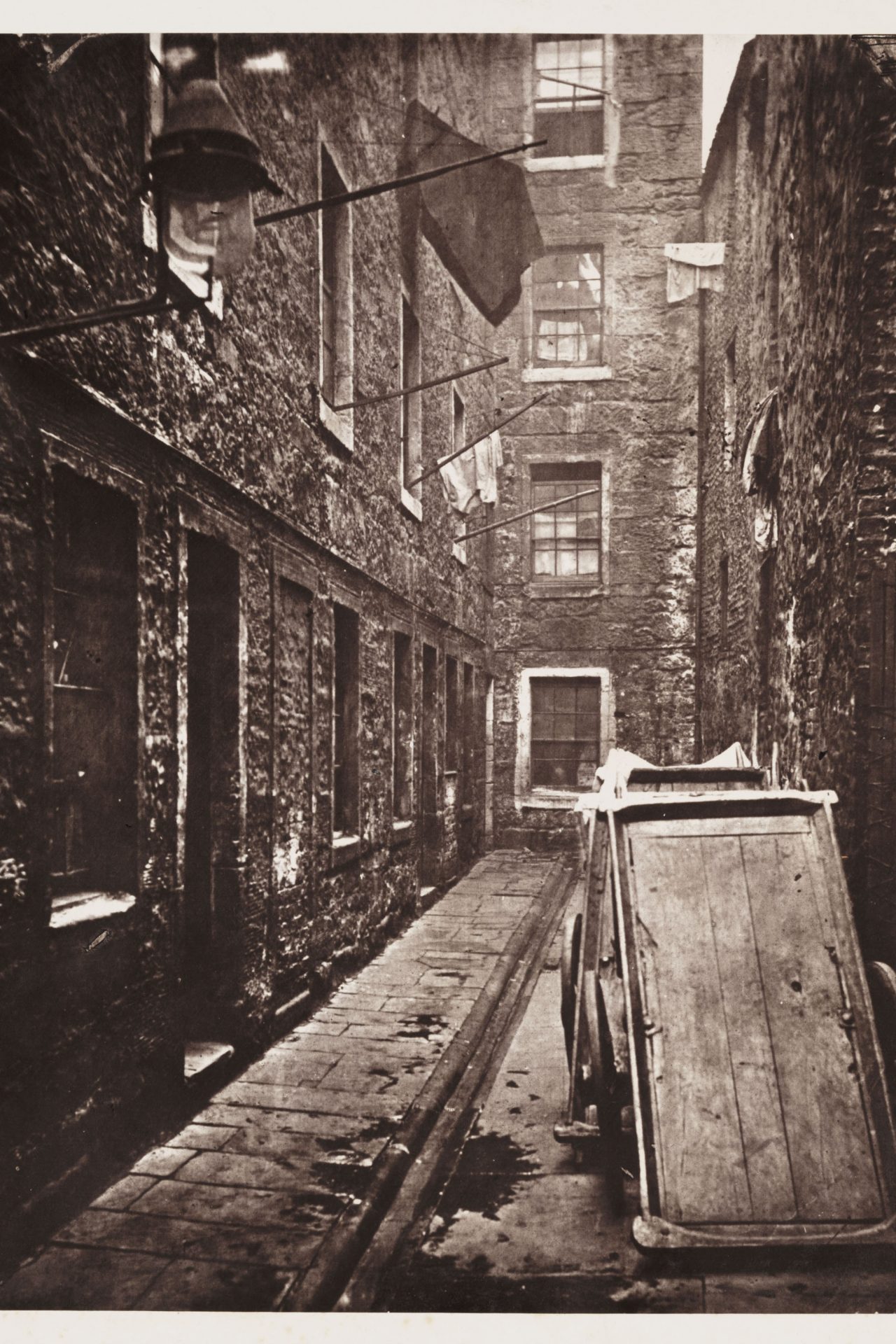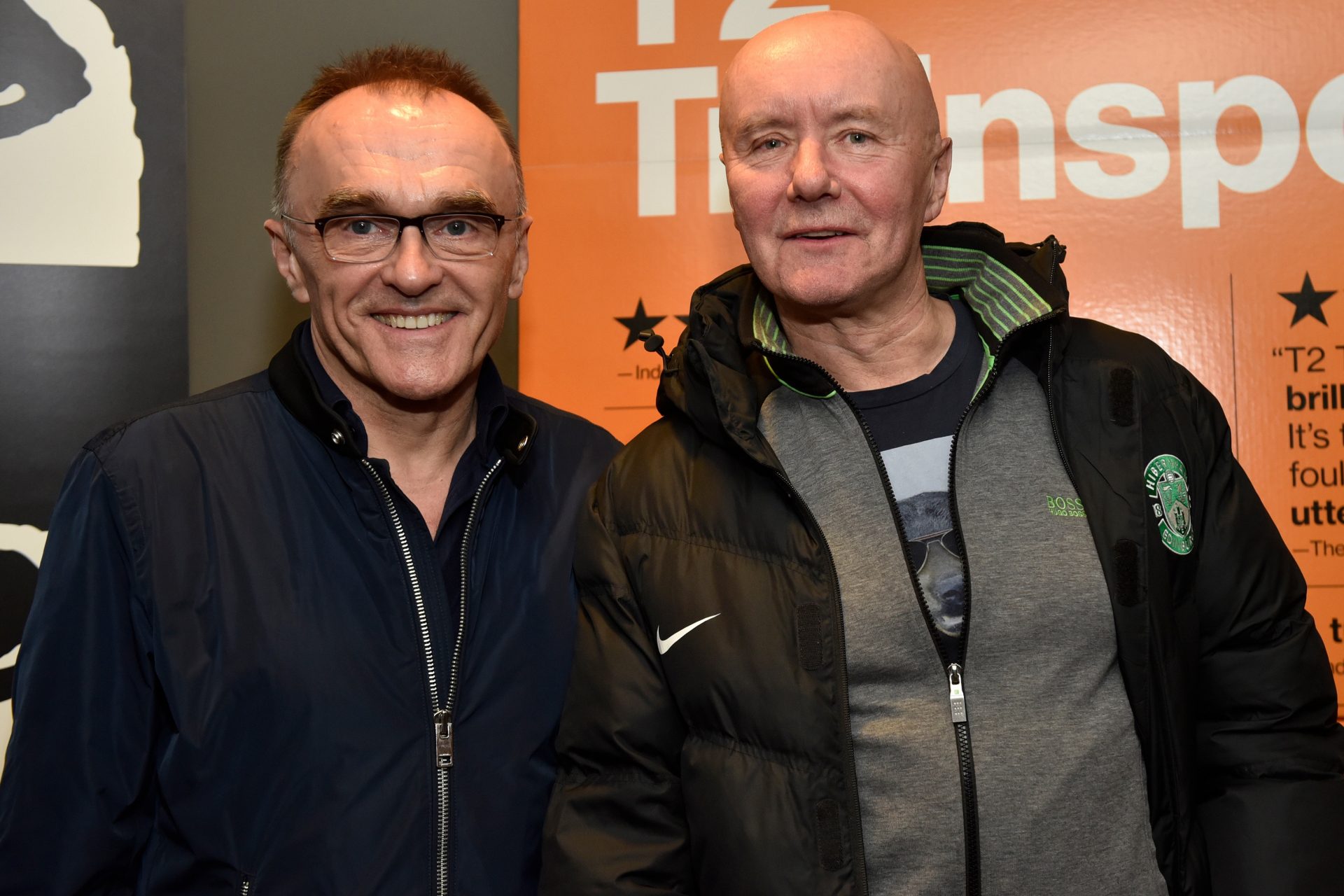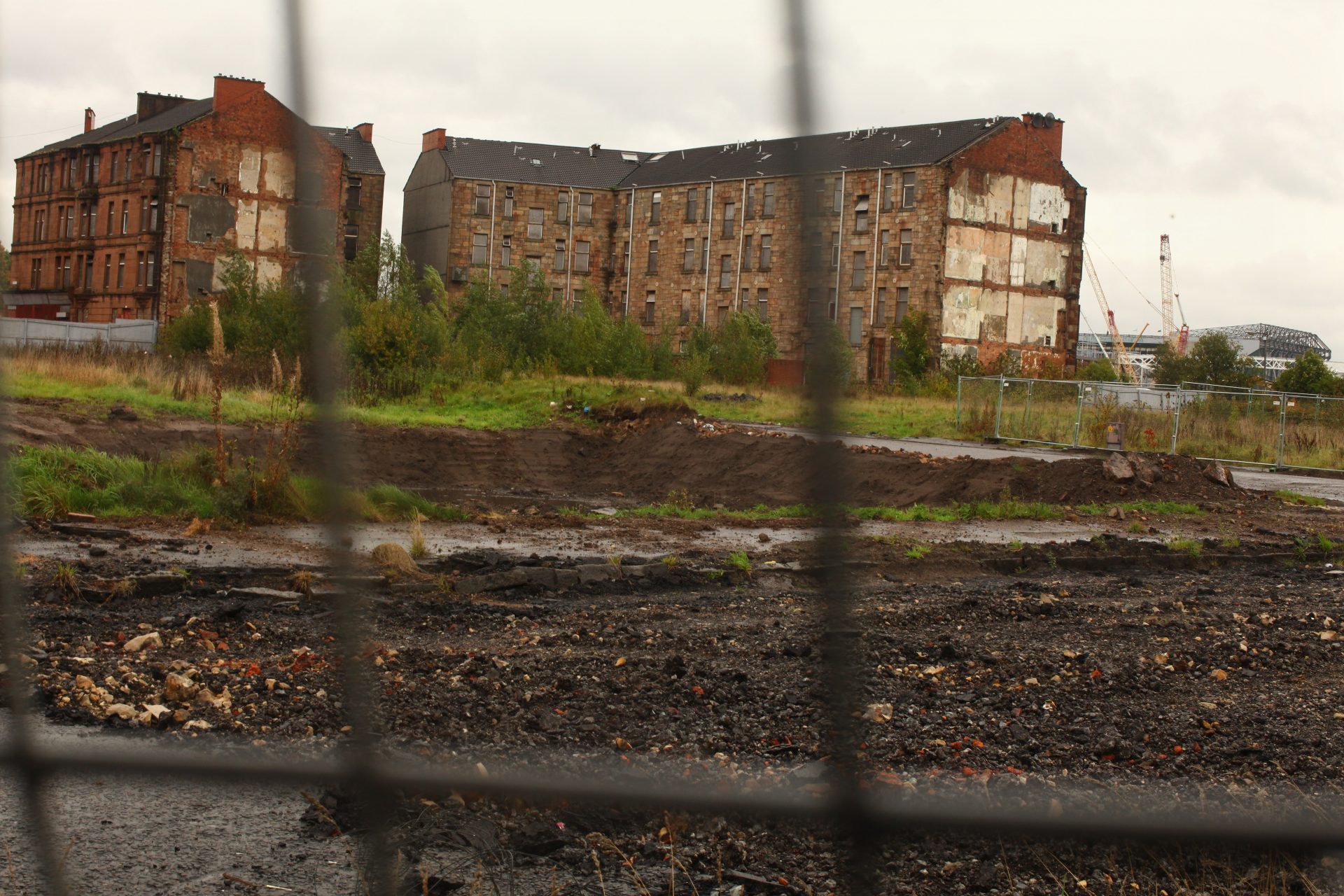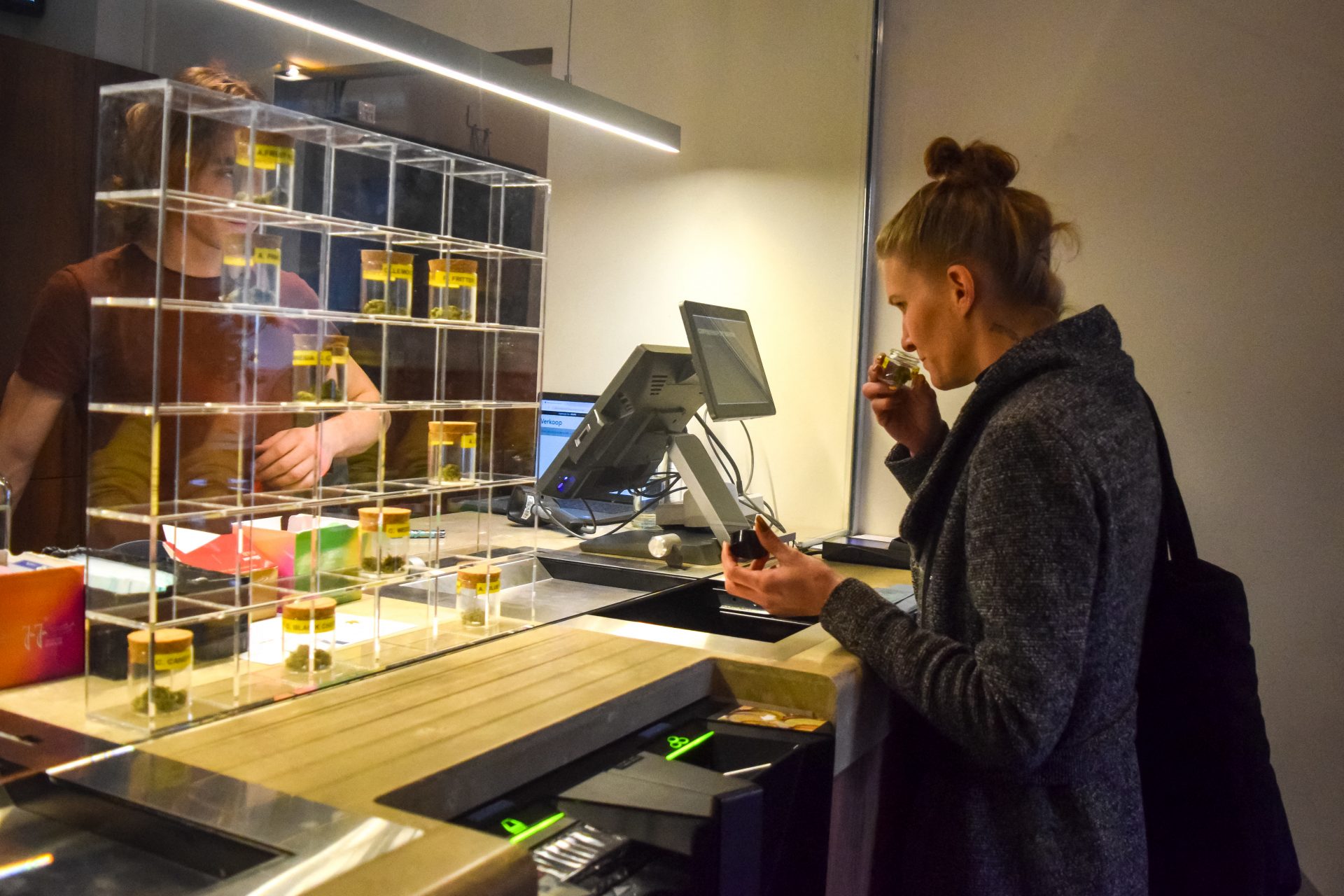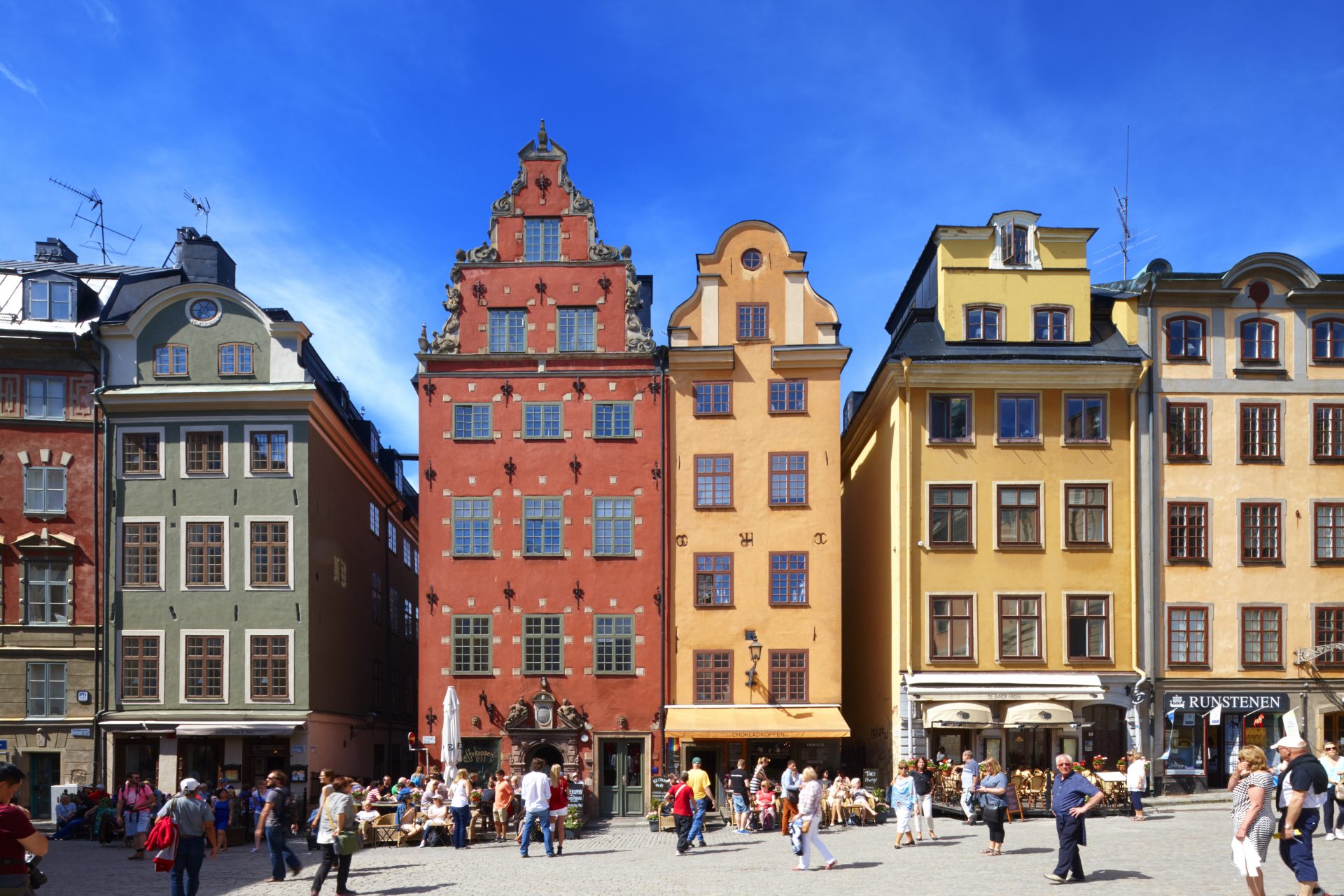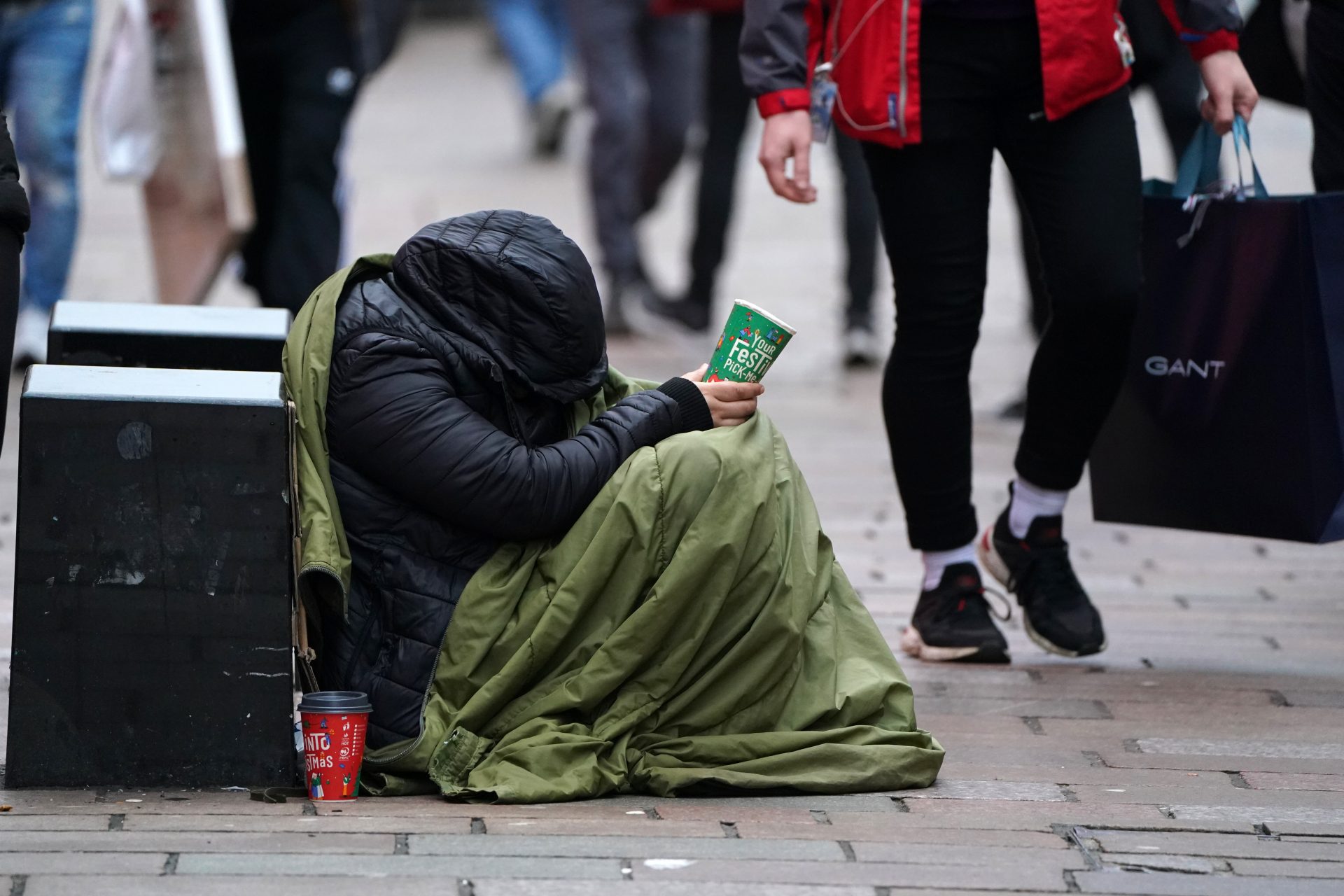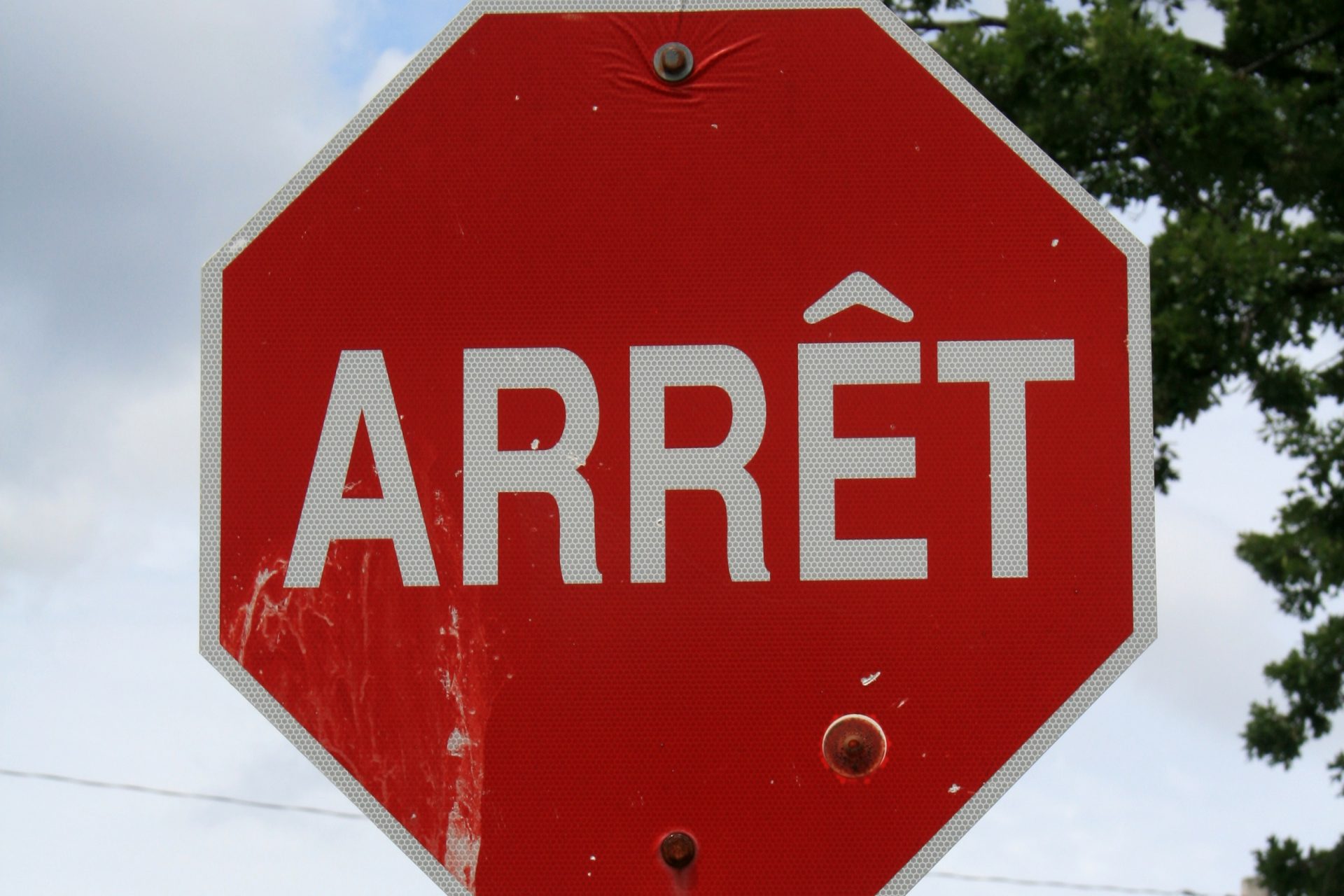Death toll from Scotland’s drug-fueled 'Trainspotting' legacy spikes
New data released this August shows that Scotland – known for its rolling purple hills and bagpipes – has the worst drug problem in Europe with 1,172 drug-related deaths in 2023.
This is a 12% increase (121 more fatalities) on 2022. In total, Scotland has almost 60,000 people with a drug problem, according to the Scottish Drugs Forum.
Scotland’s health secretary, Neil Gray, said the Scottish government was “working hard to respond to the growing threat from highly dangerous, super-strong synthetic opioids like nitazenes,”, which were involved in 23 deaths, reports The Guardian.
But as many as 80% of deaths are caused by opioid drugs, such as heroin and methadone, according to the data from the National Records of Scotland.
Given these figures, agencies are warning against making too much of the link between new synthetic substances and the mortality hike when heroin remains the biggest killer.
Austin Smith, from the Scottish Drugs Forum, said: “The big story is the old story, that not enough people are getting into treatment.”
Smith added, “When they do, they aren’t being offered the sort of wraparound care that they need to support them with the reasons they have been self-medicating in the first place.”
According to The Scotsman news site, the figures are worse than were expected. Scottish police predicted a slightly lower 10% rise in fatalities earlier this year.
“We know drug addiction is linked to poverty. Those from the most deprived areas of Scotland are 15 times more likely to die from drugs than those from the most affluent areas,” Scotsman journalist Rachel Amery points out.
Amery cites Glasgow and Dundee as the cities with the highest rates of serious addiction and also those with the most widespread and concentrated pockets of deprivation.
Drug related mortality rates started to rise in Scotland in the 1980s, according to the Scottish Drugs Forum due to “the harsh climate of 1980s deindustrialisation and the economic and social impact in the subsequent decades.”
The New York Times ran an article in 2019 entitled “As Scotland’s ‘Trainspotting’ Generation Ages, the Dead Pile Up,” referring to the novel by Irvine Welsh focusing on heroin use in Edinburgh in the 1990s, made into a film by Danny Boyle.
In the article, journalist Allison McCann flags up neo-liberal economic restructuring in the 1980s as the probable culprit, as it drove areas of large cities into decline, triggering a glaring income gap and inner-city deprivation.
Scottish Drugs Forum CEO David Liddell flags up Sweden and the Netherlands as countries with different drug policies from each other, but all with equally low drug-misuse death rates.
What both countries have in common, says Liddell is much lower rates of poverty than Scotland: “Crucially, opportunity is spread more evenly across their society,” he says.
Liddell insists that calling drug use a “lifestyle choice” is a destructive tendency to absolve those in positions of power of responsibility. What is needed, he says, is an interventionist social policy to tackle inequality.
More for you
Top Stories



